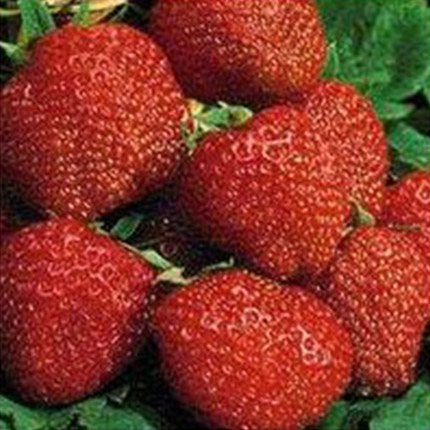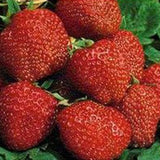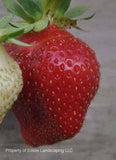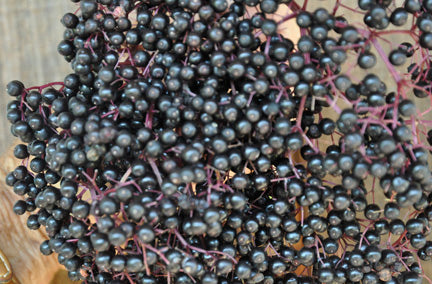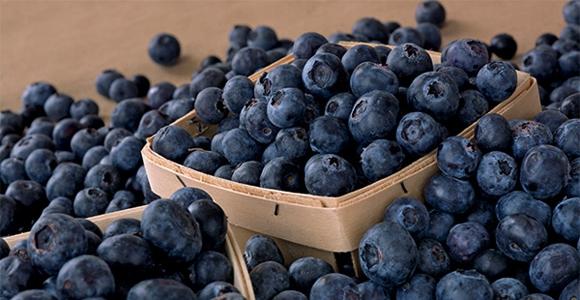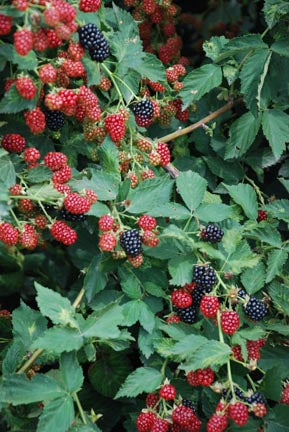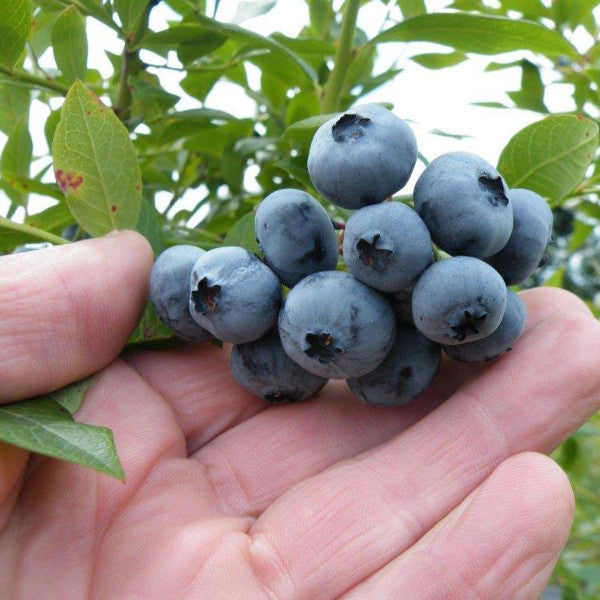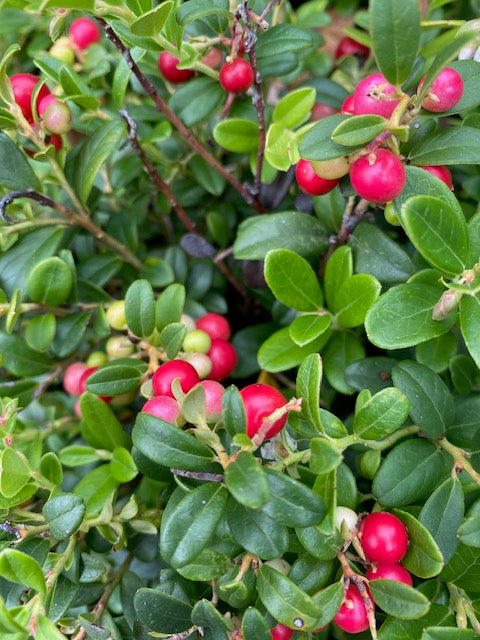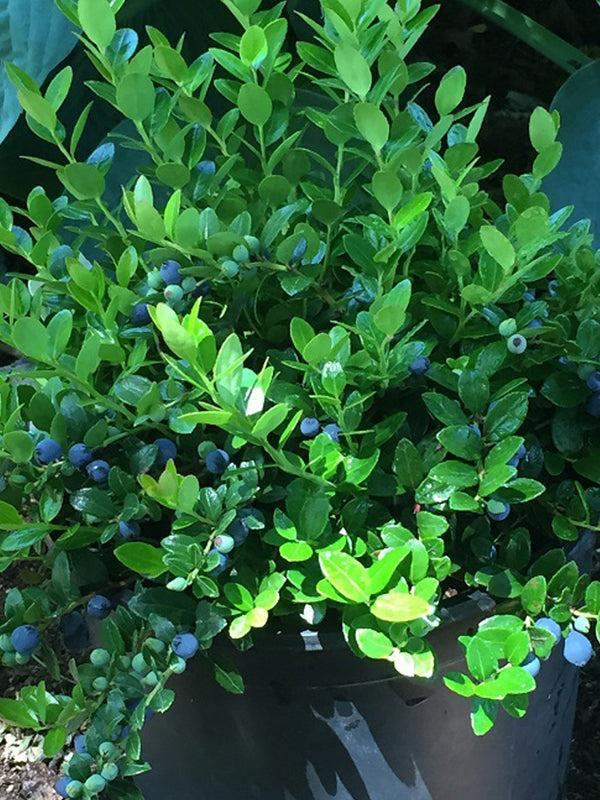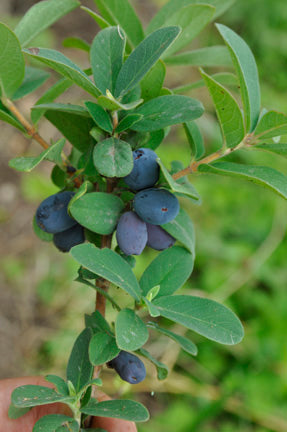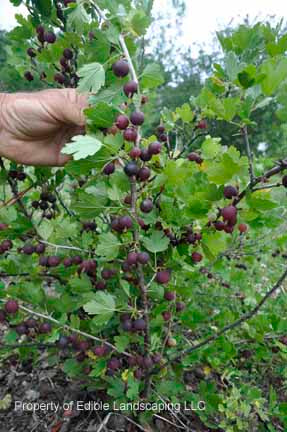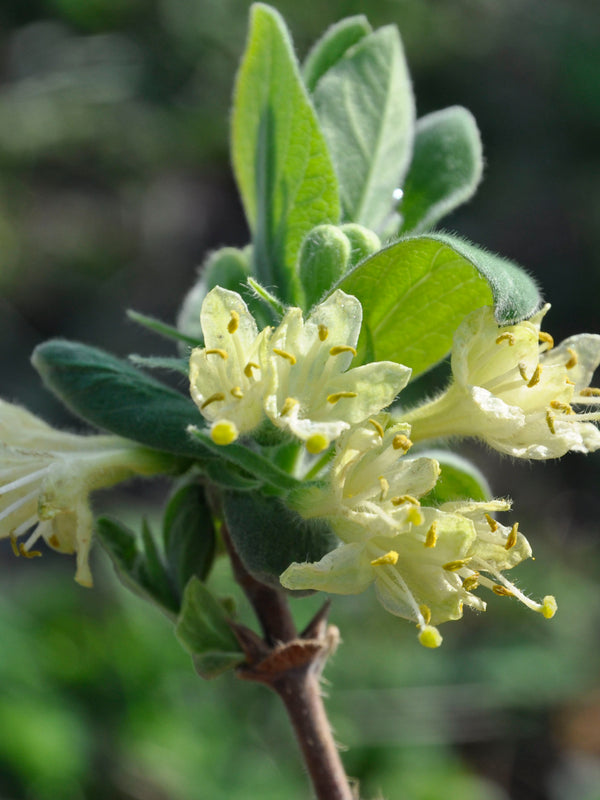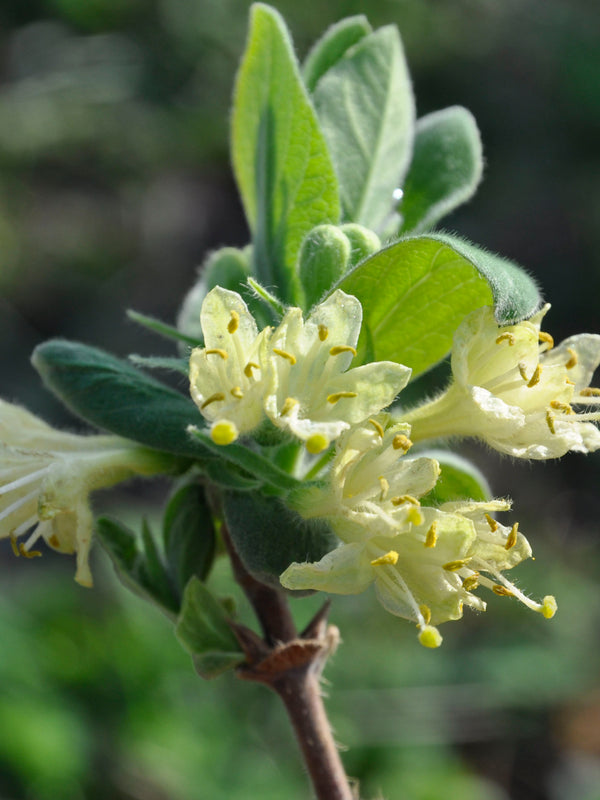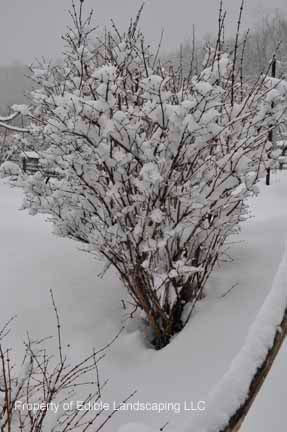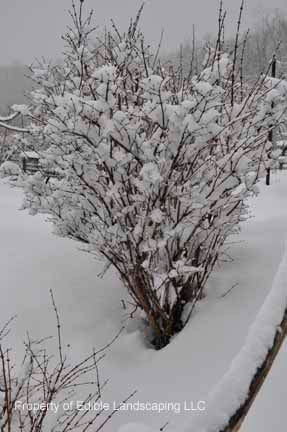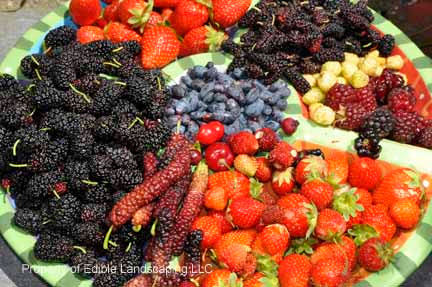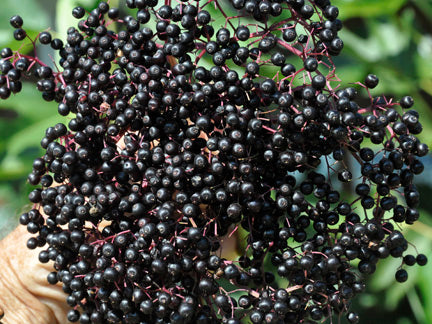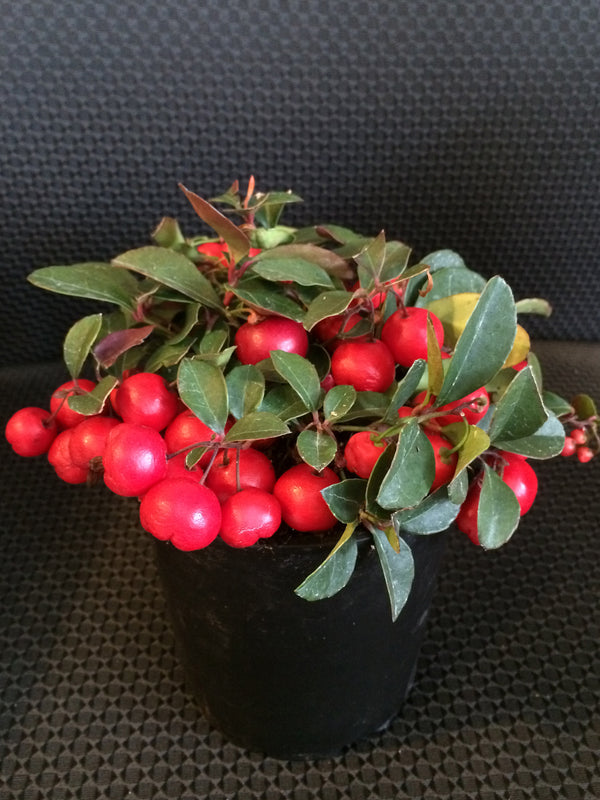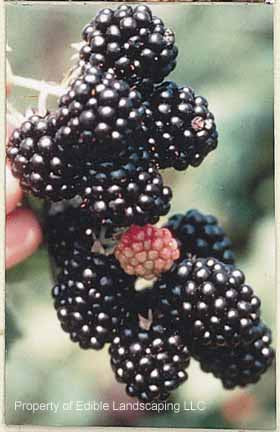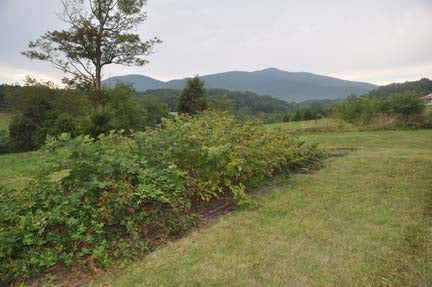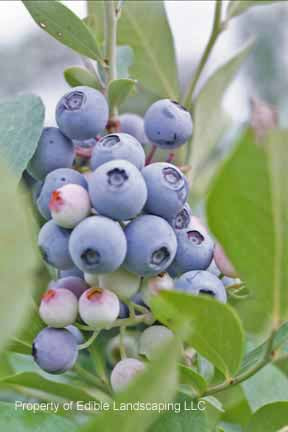Seascape Strawberry
Fragaria x ananassa
Seascape is a everbearing variety from the University of California. Large, firm berries with outstanding flavor. A day neutral* variety producing high yields, large fruit size, symmetry, attractive appearance, and general flexibility in planting requirements. Seascape yields ripe fruits from spring into fall. Usually one berry per plant will be a "king" berry. Very large and perfect for fondue. It is a cross between Selva and Douglas. Space 1' to 18" apart in rows 1' to 3' wide. Zone 5-9.
* A day neutral strawberry will produce flowers and fruit even when temperatures at night are above 60 degrees. Originally, ever bearers produced spring and fall but not summer. Plant Patent 07614
| Plant Characteristics | |
|---|---|
| Pest Resistance | Very Good |
| Disease Resistance | Very Good |
| Drought Tolerance | Fair |
| Heat Tolerance | Very Good |
| Humidity Tolerance | Good |
| Sun Tolerance | Very Good |
| Wet Soil Tolerance | Poor |
| Shade Tolerance | Fair |
| No Spray | Good |
| Salt Tolerance | Fair |
| Fresh for Kids | Excellent |
| Deer Resistance | Poor |
| Thorns | No |
| Soil Type | Fertile |
| Edible Type | Berry |
| Self Fertile | Yes |
| This information is accurate to the best of our knowledge, comments/opinions are always welcome | |
Strawberries are among the first fruits of the season
Strawberries grow best in good garden soil. Space plants 1'to 1 1/2' apart. If you are putting them in rows, the rows should be 4' apart. Remove the strawberry from the pot, gently loosen the soil from the bottom and sides of the root mass, combing a few inches of roots away from the root mass. These roots should be incorporated into your soil. Don't plant the strawberry in the ground deeper than the pots' soil line.
Compost, fertilizer, manures etc. do not need to be around the newly planted roots. These can be applied on the ground after the plant has taken hold in your soil.
Watering regularly will give the best results, especially after planting & up to3 weeks after planting.
Keeping weeds out will help the runners get established. Do not over fertilize, 1/2 lb to lb of 10-10-10 for a space 10' by 10' is fine, and can be applied in the spring and late summer.
Mulching newly set plants will make for a clean bed and cleaner fruit. We have always used sections of baled straw @ 2-4" thick. We lay the squares up to the newly set plants covering the exposed soil When these mother plants send out runners, the runners will root through the straw.
As the seasons progress (usually the following spring) bed renovation will keep your plants productive. After fruiting the plants can be mowed with a lawn mower at its highest setting. Cultivate the row back to a 12-18" width by hand or with a rototiller. Remove weeds and excess plants, so that each plant has 3-5" spacing. Fertilize, compost and water well.
For Selva, Tristar & Everbearing Wild Red (Everbearing Day neutral Culture)
Because of their unique fruiting habits, the culture for these varieties need extra attention. Recommendations are as follows:
1. Spacing should be 7" between plants in staggered double rows. Distance between rows is most efficient at 42-48".
2. Plants do best if grown on raised beds with black plastic mulch (a thick straw mulch is a good alternative). A mulch will retain moisture, maintain a cool soil temperature and keep weeds down.
3. Since fruit is most prolific from the mother plant, it is recommended they you remove all runners during the first year. By removing the runners, all energy goes to the mother plant for producing fruit.
4. To support the extended fruiting season these varieties require an ample supply of water (1-2" per week) and nutrients by regular side dressing throughout the summer.
5. Size and productivity may drop off slightly during the heat of summer but will return with good flavor with cooler fall weather.
6. To help plants over for a second year, mulch plants in the fall as you would with other strawberry varieties. In early spring, remove the mulch and place in between rows. Do not renovate the bed as with June bearers.

